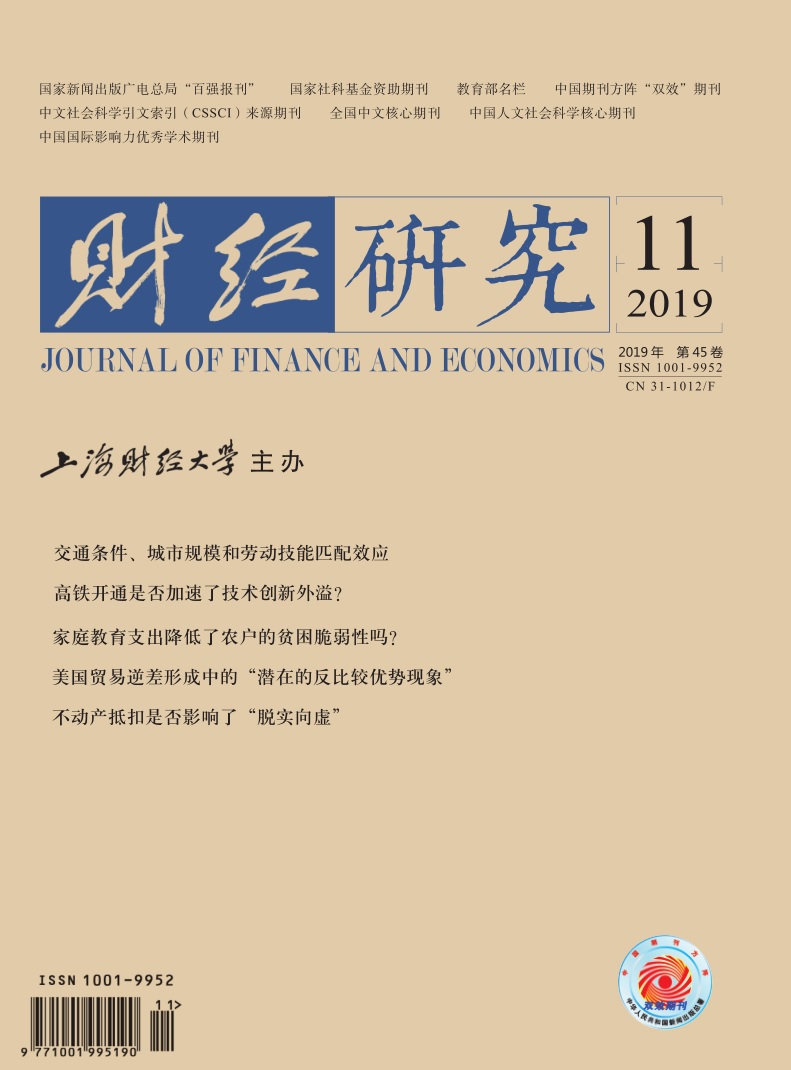The problem of rural poverty is a fundamental issue related to the comprehensive construction of a well-off society. Although the implementation of poverty alleviation policies and the promotion of economic growth have played a huge role in reducing poverty in rural areas in China, a large number of farmers are still in a state of poverty and fragility. How to solve this problem is a major challenge for China to achieve its goal of comprehensive poverty alleviation. Education investment deserves attention in the factors affecting the vulnerability of poverty, but it has rarely been mentioned in the literature. Family education expenditure is the main source of investment in education. It is of great practical significance to study whether it can reduce the vulnerability of poverty. Based on the 2016 China Family Panel Studies(CFPS)data, this paper identifies the reduction effect of family education expenditure on poverty vulnerability and tests the related impact mechanism.
The paper selects households with family members who are 6-27 years old at the school stage and measures their vulnerability of poverty using the Vulnerability as Expected Poverty(VEP)method. The characteristics of family fragility in different education stages are also analyzed in detail. Using FGLS and Probit models to analyze the impact of family education expenditure on farmers’ poverty vulnerability, the estimation results show that family education expenditure has a significant impact on poverty vulnerability after controlling a series of variables such as individual characteristics, family characteristics and risk shocks. FGLS-based estimates find that for every 10% increase in family education expenditure, poverty vulnerability decreases by about 0.00057. Based on the Probit model, it is estimated that for every 10% increase in family education expenditure, the probability of poverty vulnerability of farmers is reduced by about 0.058%.
In order to solve the problem of sample self-selection bias, the method of Propensity Score Matching(PSM)is further used to test the whole sample, and the sample of poor and non-poor families, as well as families in pre-school, compulsory education and high school and above stages are tested and analyzed. The estimation results show that family education expenditure significantly reduces the poverty vulnerability of farmers. According to the sample, the reduction of poverty-stricken families is greater than that of non-poor families. Family education expenditure in all education stages can reduce the poverty vulnerability of farmers. The increase of family education expenditure in the compulsory education stage has the greatest effect on reducing the poverty vulnerability of farmers, followed by the high school education and above stage, and the pre-school education stage has the least effect. In order to control the influence of missing variables on the results, this paper adds community control variables for regression estimation, and the results pass the robustness test. Further mechanism tests find that the increase of farmers’ human capital and the enhancement of social networks are important mechanisms for family education expenditure to affect poverty vulnerability. The paper provides micro-empirical evidence for the importance of increasing family education expenditure and exerting its role in reducing farmers’ poverty vulnerability.





 5978
5978  5674
5674

